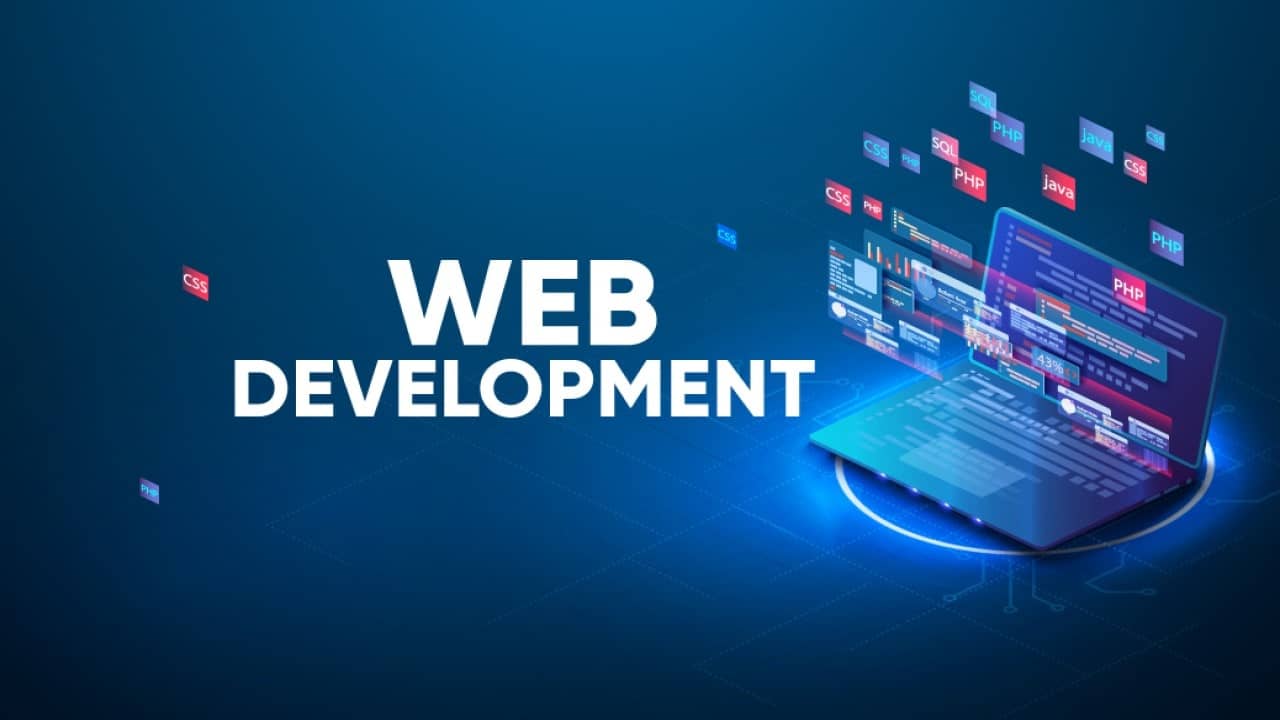In recent years, wearable technology has rapidly gained popularity, with devices like smartwatches, fitness trackers, and augmented reality glasses becoming increasingly common. With this surge in wearable devices comes the demand for innovative and user-friendly applications tailored specifically for these platforms. In this blog post, we’ll explore the latest trends and advancements in wearable app development, uncovering the opportunities and challenges that developers face in this evolving landscape.
Understanding Wearable Technology
Wearable technology refers to electronic devices that are worn as accessories or clothing items, often incorporating advanced sensors and connectivity features. These devices collect data about the user’s behavior, health, and environment, providing valuable insights and enhancing user experiences. Some popular examples of wearable technology include:
Smartwatches:
These wrist-worn devices offer features such as fitness tracking, notifications, and voice assistance, acting as an extension of the user’s smartphone.
Fitness Trackers:
These devices monitor metrics like steps taken, heart rate, and sleep patterns, helping users track their fitness goals and overall health.
Augmented Reality (AR) Glasses:
AR glasses overlay digital information onto the user’s physical surroundings, enabling immersive experiences and applications in various fields, including gaming, navigation, and industrial training.
Trends in Wearable App Development
Health and Fitness Tracking:
With an increasing focus on health and wellness, wearable apps that offer advanced fitness tracking, personalized workouts, and health monitoring features are in high demand. Developers are leveraging machine learning algorithms to analyze user data and provide actionable insights for improving health outcomes.
Integration with IoT Devices:
Wearable devices are often part of the larger Internet of Things (IoT) ecosystem, enabling seamless connectivity with other smart devices in the user’s environment. Developers are creating apps that can control smart home appliances, receive notifications from IoT sensors, and automate tasks based on user preferences.
Enhanced User Interfaces:
Wearable devices have limited screen real estate, making user interface (UI) design a critical aspect of app development. Developers are exploring innovative UI/UX solutions such as gesture-based navigation, voice commands, and haptic feedback to create intuitive and engaging experiences on wearable platforms.
Healthcare Applications:
Wearable technology has immense potential in the healthcare industry, enabling remote patient monitoring, telemedicine consultations, and early detection of health issues. Wearable app developers are collaborating with healthcare professionals to create solutions that improve patient outcomes, reduce healthcare costs, and enhance overall quality of care.
Challenges and Considerations
Battery Life Optimization: Wearable devices have limited battery capacity, requiring developers to optimize app performance to minimize energy consumption. This involves implementing efficient algorithms, reducing background processes, and leveraging low-power modes to extend battery life without compromising functionality.
Data Privacy and Security:
As wearable devices collect sensitive health and personal data, ensuring data privacy and security is paramount. Developers must implement robust encryption protocols, secure authentication mechanisms, and strict access controls to protect user information from unauthorized access and data breaches.
Compatibility Across Platforms:
With multiple operating systems and hardware configurations in the wearable market, achieving cross-platform compatibility can be challenging. Developers need to test their apps rigorously across different devices and OS versions to ensure optimal performance and compatibility.
Future Outlook
The future of wearable app development holds exciting possibilities, with advancements in technology driving innovation across various industries. As wearable devices continue to evolve and become more integrated into everyday life, developers will play a crucial role in creating transformative experiences that enhance productivity, convenience, and well-being.
Conclusion.
navigating the next frontier of wearable app development requires a deep understanding of user needs, emerging technologies, and industry trends. By embracing innovation, addressing challenges, and prioritizing user experience, developers can unlock the full potential of wearable technology and shape the future of connected experiences.
Stay tuned for more insights and updates on the latest trends in wearable app development!





